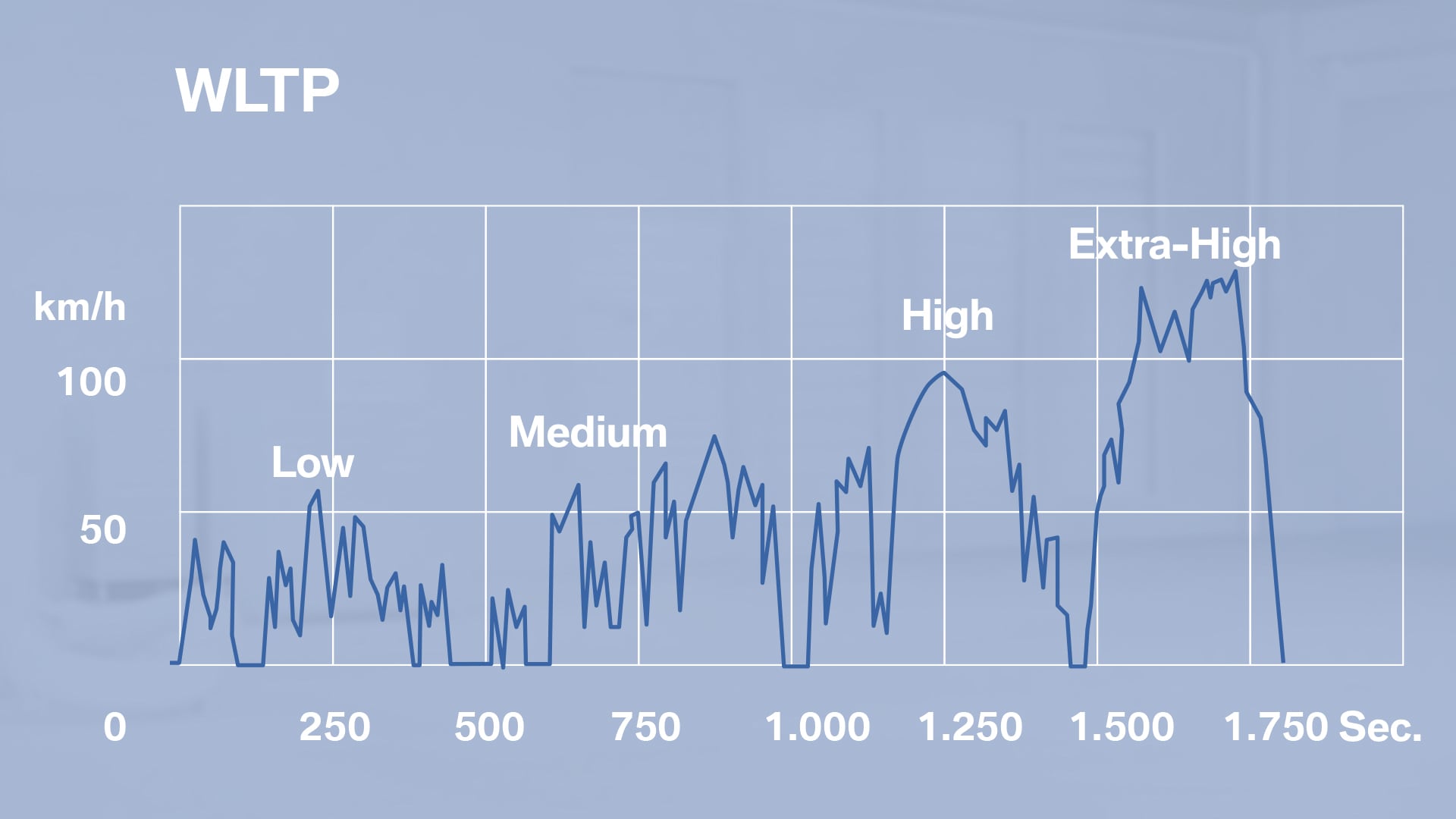German TV show Auto Mobil aired a comparison of Porsche Taycan vs. MSP100D.
Key takeaways:
Porsche is
- much more expensive (180,000s vs 103,000 Euro)
- less efficient (23 kWh/100km vs. 20)
- much less range (after 90 km the Porsche had 50% range left
- did not hold up to the charging speed Porsche had promised; charged only about as fast as a Tesla (Porsche had been boasting about 270 kW charging; in reality only close to 150 were possible and above 50% SOC charging was further limited so that charging took twice as long an expected)
- accelerated faster than the Model SP
- allowed many more fast accelerations, whereas the Model S got slower and slower after several acceleration tests
- much better build quality (the doors, lift gate and the seals on the Tesla were not aligned very well; Porsche top quality)
- handling was much better than the Tesla
Their conclusion:
If money is not a consideration, the Porsche is the better sports sedan.
My conclusion:
1. Money is a consideration (almost always)
2. Porsche is 8 years behind
3. Porsche is especially behind in the realm of battery, efficiency, charging and software in general
4. Porsche does offer an attractive EV for those people that can live with the disadvantages: performance, fun to drive, build quality; Porsche leveraged their experience in building exceptional cars.
I am sure Tesla will be working on 4. and catch up or pass Porsche's offering within a year.
FREE So. 13.10.2019 17:00 Thema heute u.a.: Porsche Taycan mit Alex Heute gibt es u.a. dieses Themen: Tesla oder Porsche? Wer baut den besseren Elektro-Sportwagen? Alex Bloch und Albert Königshausen schicken den brandneuen Porsche Taycan in den Härtetest gegen das Tesla Model S.
P100D is the last pre-Raven generation. Raven is LR Performance. They're comparing a car that isn't even being delivered to customers yet, with one that they're not even making anymore.




